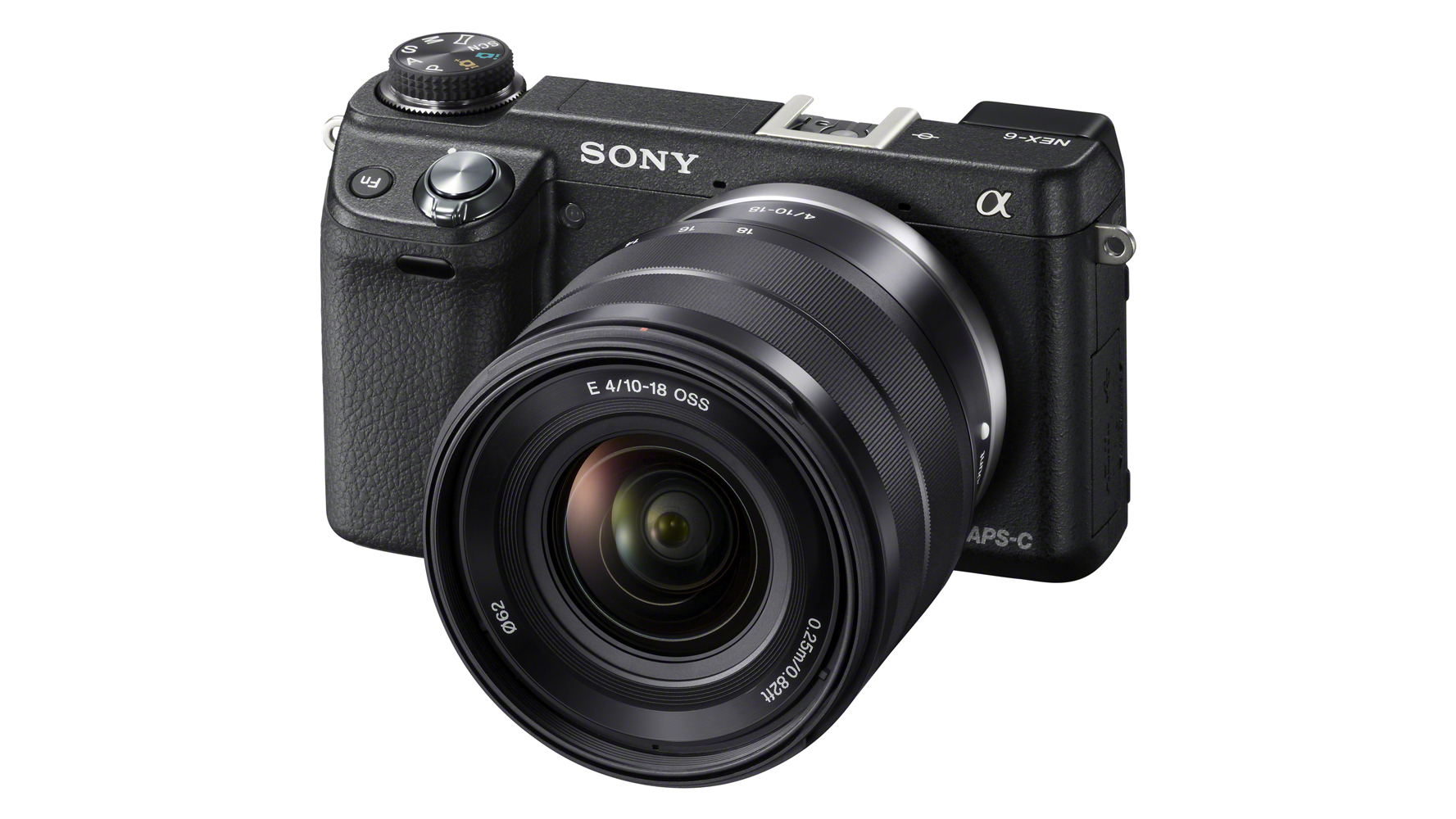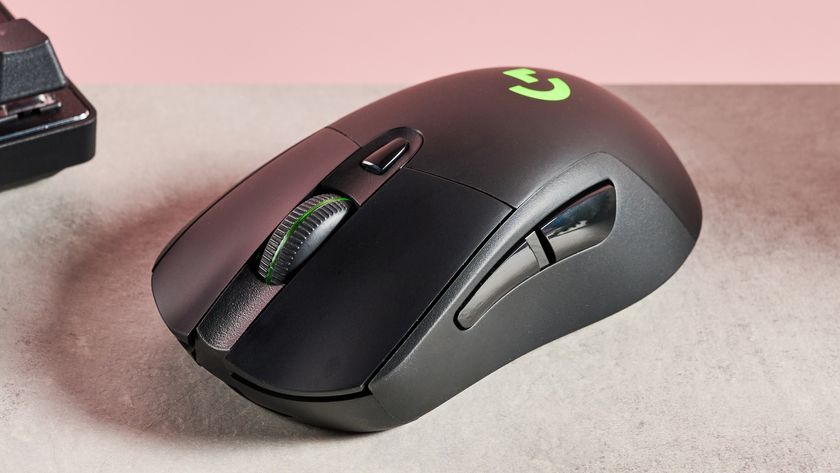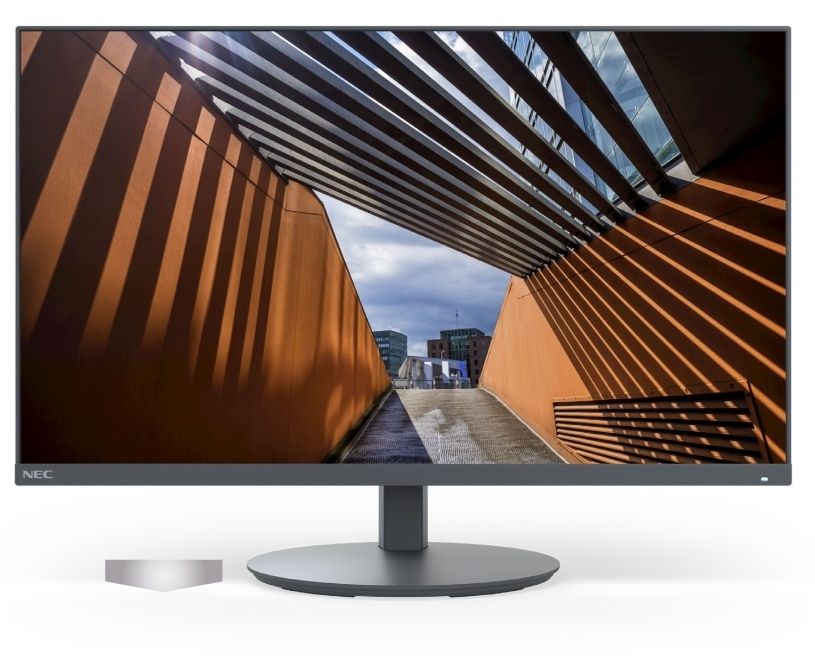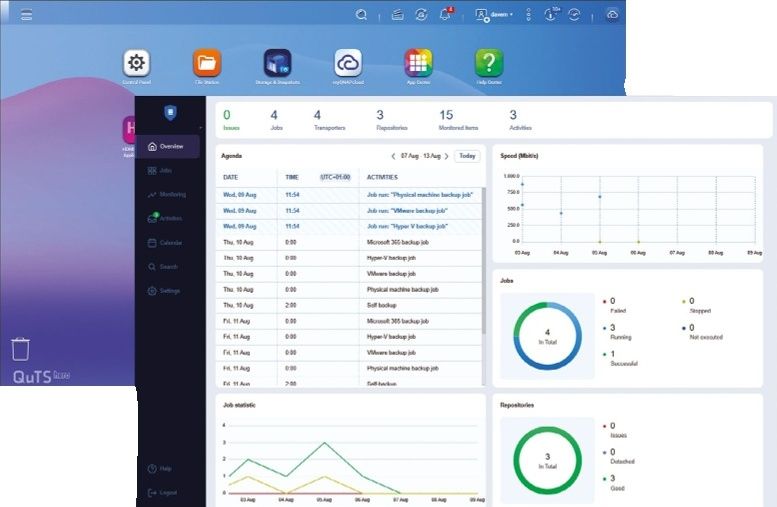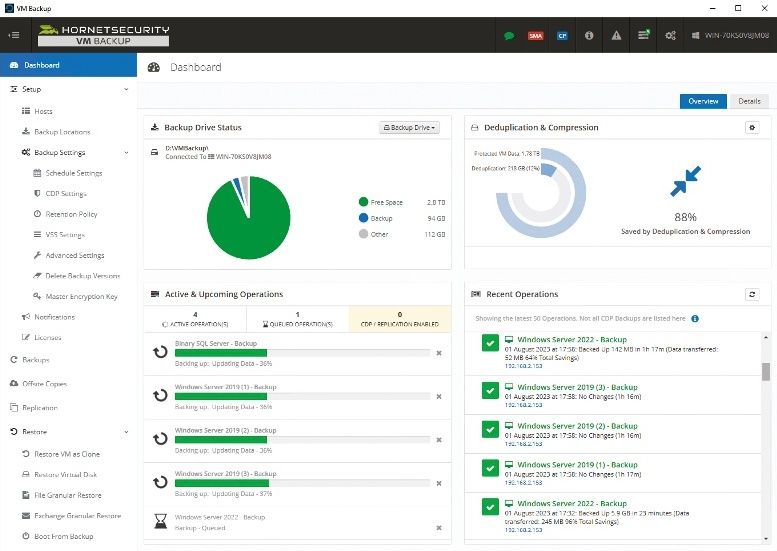Why you can trust TechRadar
On the whole, images direct from the Sony NEX-6 impress. They are well exposed, vibrant and full of detail.
Noise is well controlled up to around ISO 3200, but we wouldn't recommended going above this value if you want to make A3 prints, unless you are prepared to process the raw files post capture.
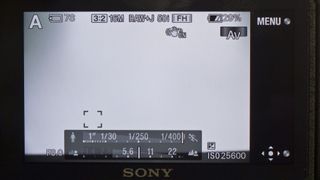
At ISO 6400, JPEGs look slightly soft at A3 size, and inspection at 100% on the screen confirms that the noise reduction system has smudged out some details. If the raw file is processed post-capture, it's possible to produce a sharper image, with a gritty texture that we think is preferable.
We found that the Sony NEX-6's hybrid autofocusing does a good job of locking onto the subject quickly, only struggling occasionally with particularly low contrast subjects.
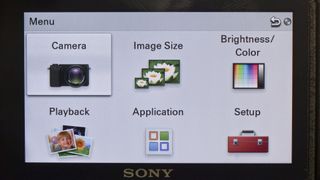
During this test we primarily used the 1200-zone evaluative metering in its multi-purpose evaluative mode, and found it very reliable. It's not overly fooled into under- or over-exposing, and manages to produce correctly exposed images even when there are quite large bright areas within the scene.
That's not to say that we didn't occasionally resort to using the exposure compensation control, but no more frequently than we would expect to.
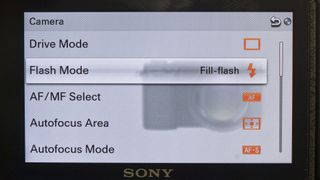
When the scene has very high contrast, the Dynamic Range Optimization (DRO) and High Dynamic Range (HDR) modes come in very handy. The DRO can be left to its own devices or you can specify the level, but even pushing it to the max (Level 5) results in natural-looking images.
It has the strongest impact on the shadows, brightening them quite dramatically. In some instances we saw no impact on the brighter parts of the image, or they got a little brighter still.
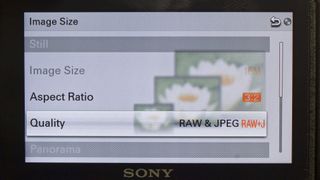
Setting the HDR exposure difference to its maximum setting of 6EV produces a more classic HDR effect, but it's well done and is a hand-holdable option, despite the multiple image capture.
Colours are vibrant straight from the camera, and although they may be a little too saturated for some traditionalists, they suit the current vogue for punchy images.
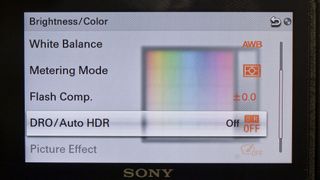
The automatic white balance system copes well with most conditions, but we found it best to use a custom white balance setting in indoor shaded conditions and in mixed light.
Fortunately this is very easy to achieve, you just need to select the correct setting and photograph a white target.
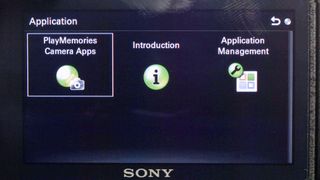
Video from the Sony NEX-6 has high visual quality, but the sound is limited by the internal mic, which is prone to picking up camera and operator noises.
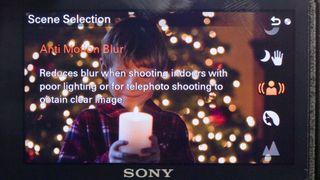
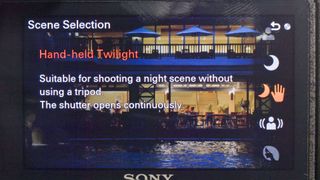
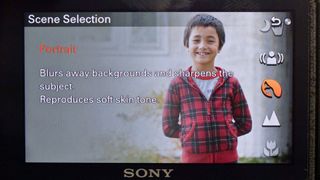
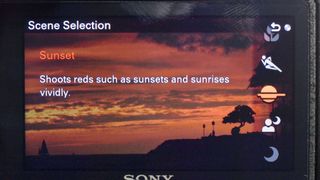
Current page: Performance
Prev Page Build quality and handling Next Page Image quality and resolution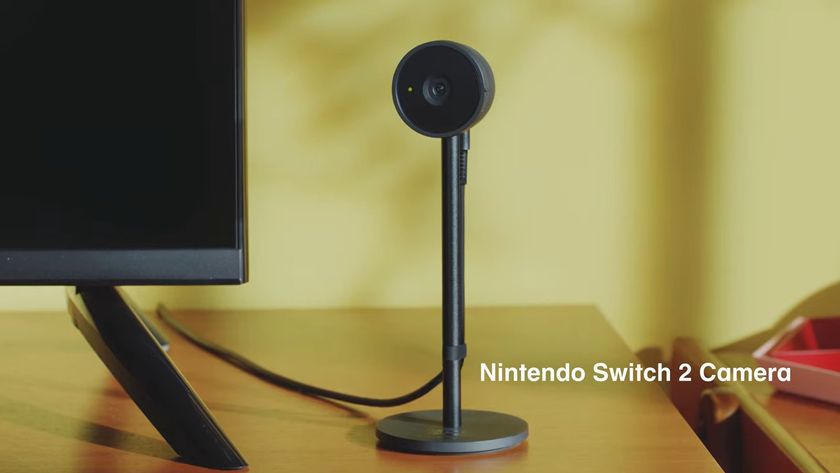
The new Nintendo Switch 2 Camera proves I was right to hope for a new age of Nintendo peripherals – but what comes next?
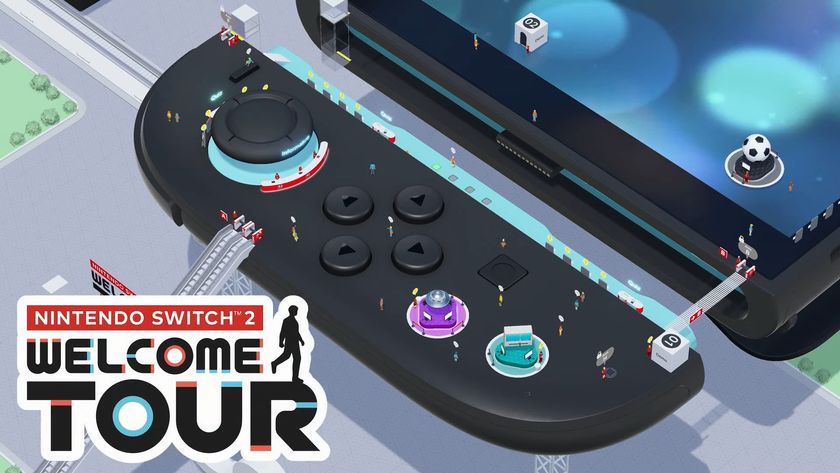
The Nintendo Switch 2’s interactive-manual bloatware is a paid app, and it’s the last straw following a disappointing launch

After Nvidia, Mediatek may have convinced another huge tech company to use its expertise to develop AI chips
